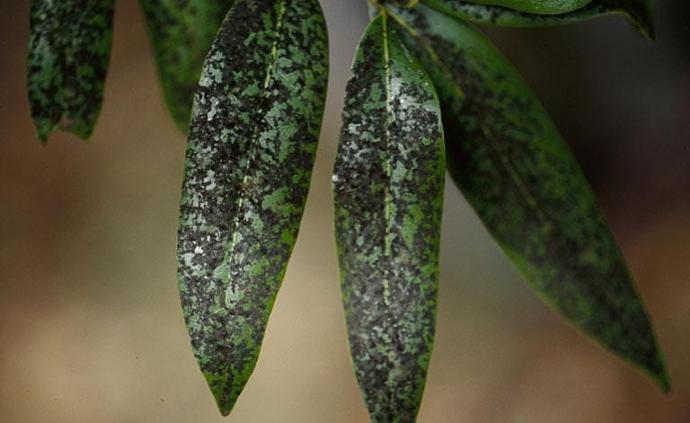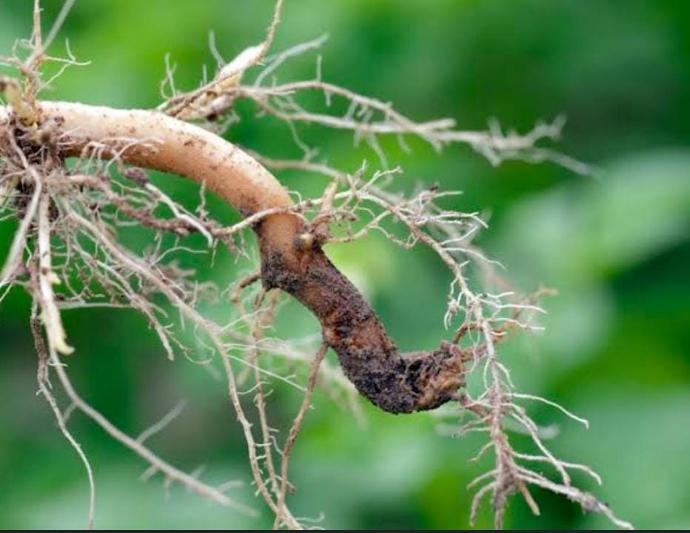Madhumalthi Plant
Madhumalthi, possibly referring to a specific plant variety, may have varying care requirements. Generally, provide well-draining soil, appropriate sunlight, and regular watering. Pruning and fertilizing practices may vary based on the specific characteristics of this plant. 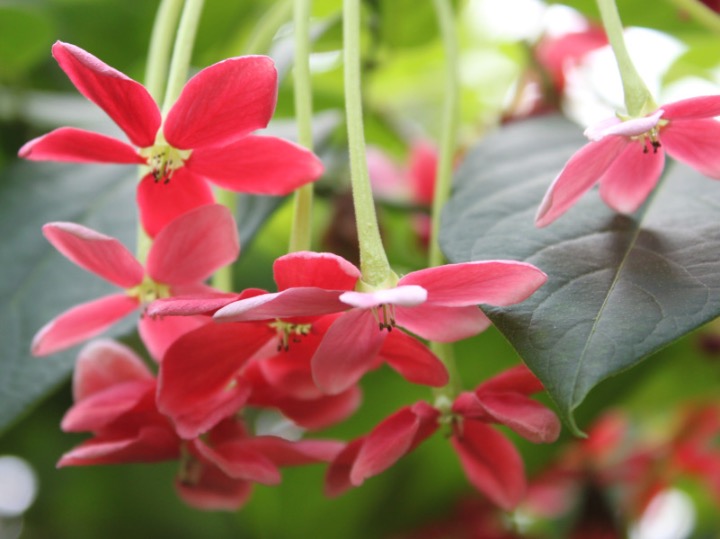
Habit
Climber
Height
3 to 4 m
Growth
Fast
Soil
Well Drained, loamy
Shade
Full Sun
Moisture
Moist
Edible
No
Medicinal
Yes
Origin
India
Climatic Condition
Tropical, Subtropical
Temperature (°)
25°C to 35°C
Humidity (%)
70% to 80%
Potting media
50% Loam, 40% Sand, 10% Compost
Fertilizers
Organic Fertilizer
Watering
Regular watering
Plant Weight
1 to 2 kg
Flowering Time
Spring to Summer
Soil Ph level
6.0 to 7.5
Water Ph level
6.0 to 7.5
Soil EC
0.6 to 1.0 mS/cm
Yield Per Plant
5 to 10 kg per plant
NPK ratio
3:02:01
life Span
2 to 4 years
Health Benefits
Ornamental, Fragrance
Suggested Grow Media or Potting Mix ?
50% loamy soil, 30% compost, 20% sand
Suggested Fertigation/Fertilizers
Fertilize every 4 weeks with a balanced fertilizer.
Common Diseases and Remedies
Root rot , Sooty mould .
Whitening or yellowing of leaves , Wilting and chlorosis.
Avoid water logging , Till the soil.
HEALTH BENEFITS
Used in traditional medicine for digestive health and deworming.
What Is An Madhumalthi Plant ?
Madhumalti is a vigorous woody vine that grows up to 6-9 meters in height. Shiny dark green leaves alternate along the stem. This plant produces clusters of tubular flowers that change color as they mature. It is usually white at first, then pink, and finally deep red. One of the most distinctive features of Madhumalti is its fragrant flowers. The flowers emit a sweet, honey-like scent, especially in the evening, which attracts pollinators such as butterflies, bees, and hummingbirds.

What Are The Different Types Of Madhumalthi Plant ?
1. Quisqualis indica 'Alba'
This variety has white flowers instead of the typical pink to red flowers, giving gardeners a different colour option.
2. Quisqualis indica 'Pink Lady'
'Pink Lady' has larger, brighter pink flowers than the standard variety.
3. Quisqualis indica 'Vietnamese Rose'
'Vietnamese Rose' is a cultivar with deep red flowers, and its growth habit and flower shape may differ slightly from other cultivars.
4. Quisqualis indica 'Tricolor'
'Tricolor' is a unique variety with flowers that combine shades of pink, white and red, creating a multicolored effect.
5. Quisqualis indica "Compacta"
Compacta is a dwarf variety that grows more compactly, making it suitable for small gardens and containers.
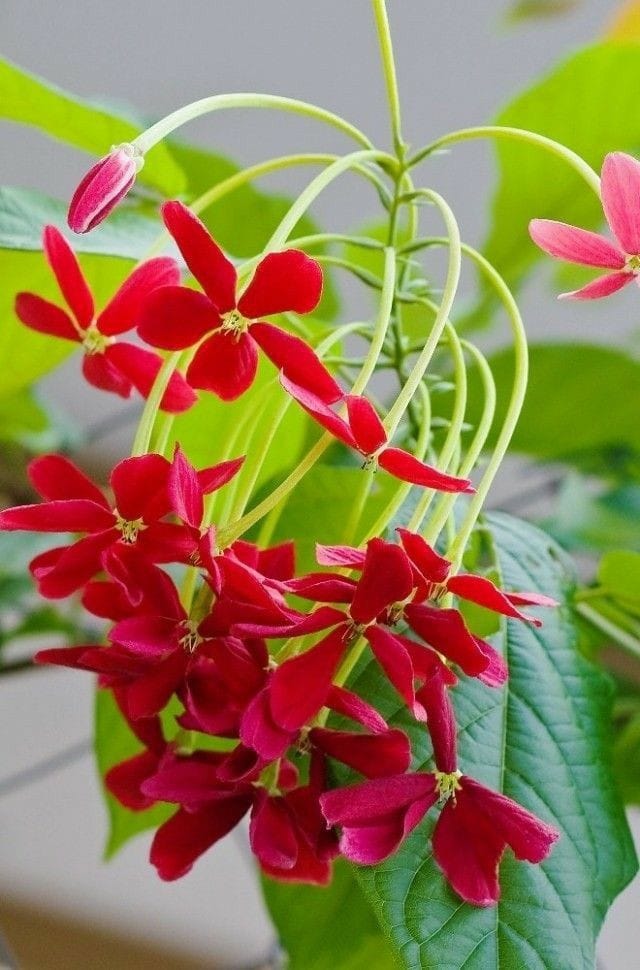
How to Care Madhumalthi Plant ?
1. Location
Madhumalti hails from a tropical region of Asia where the climate is warm all year round. It grows best in USDA hardiness zones 10 through 11, where temperatures rarely fall below 50°F (10°C). Although it tolerates short periods of cool weather, prolonged exposure to frost or freezing temperatures can damage or kill the plant.
2. Sunshine
Sunlight is essential for the healthy growth and flowering of Madhumalti plants. These tropical vines grow in full sun to partial shade and require at least 6 to 8 hours of direct sunlight each day for optimal growth and flowering. Adequate sunlight stimulates the growth of the vines, resulting in lush green leaves, prolific blooms, and colourful blooms. Madhumalti vines tend to produce brighter, lusher flowers when grown in full sun, increasing their decorative appeal in the garden. However, in hot climates, afternoon shade can protect plants from intense sun and heat stress.
3. Soil
Madhumalti plants grow in well-drained fertile soils that are rich in organic matter. Ideally, the soil should be clayey and well-drained to avoid waterlogging, which can cause root rot and other problems. Tilling the soil with organic matter such as compost, old manure, and leaf mould can help improve soil structure, fertility, and water retention. This rich soil provides essential nutrients for healthy growth and promotes abundant flowering. Madhumalti tolerates a variety of soil types, including sandy and clay soils, but ensuring proper drainage is paramount.
4. Hydration
Madhumalti plants require regular watering to maintain adequate moisture levels in the soil, especially in hot and dry weather. Thorough watering is essential to ensure that water reaches the root system of the plant. To prevent fungal diseases, watering should be done at the base of the plant and avoid wetting the leaves. Madhumalti is relatively drought tolerant once established, but consistent moisture throughout the early stages of plant growth and flowering is important to support healthy development and abundant flowering.
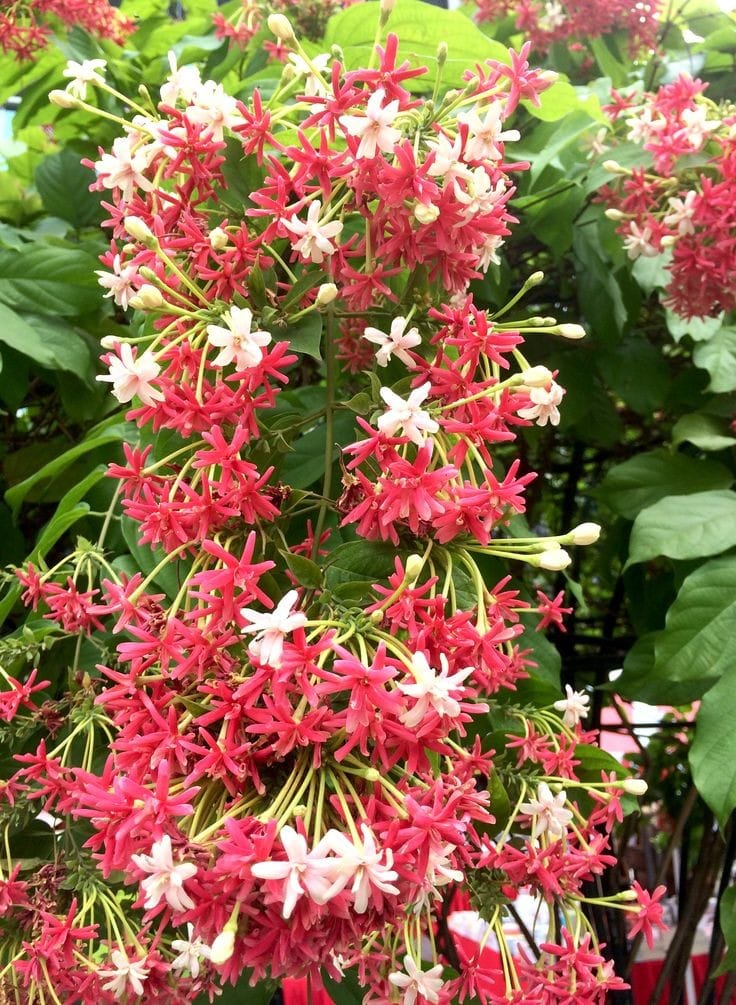
5. Nourishment
Madhumalti plants thrive when provided with sufficient nutrients to support active growth and flowering. During the growing season, balanced fertilizers such as slow-release granular fertilizers or water-soluble flowering fertilizers can be applied to provide essential nutrients. Fertilization should be done according to the manufacturer's instructions, usually every 4 to 6 weeks during the active growing season. Additionally, organic amendments such as compost or aged manure can be applied around the base of the plants to enrich the soil and provide a steady source of nutrients.
6. Issues
Madhumalti plants are generally hardy and resistant to pests and diseases. However, problems can occur, such as aphid infestation, which can damage the leaves and inhibit flowering. Aphids can be controlled by using insecticidal soaps, horticultural oils, and by introducing natural enemies such as ladybugs. Additionally, madhumalti plants are prone to root rot if grown in poorly drained soil or overwatered. To prevent root rot, make sure the soil is well-drained and avoid overwatering, especially in cooler climates when the plant is not actively growing.
What are the Benefits of Madhumalthi ?
Madhumalti plants offer many benefits to gardeners and the environment. First, its stunning, fragrant flowers add beauty and charm to gardens and attract pollinators such as bees, butterflies, and hummingbirds. In doing so, we contribute to biodiversity and support ecosystem health. Additionally, madhumalti's vigorous growth and climbing ability make it perfect for covering fences, trellises, and arbors to provide shade, privacy, and vertical interest in the landscape. Additionally, Madhumalti is relatively easy to care for once established and is drought tolerant, making it suitable for gardens that require varying levels of maintenance. Finally, madhumalti is culturally important in some cultures and used in traditional medicine for its medicinal properties. Overall, madhumalti plants offer both aesthetic and practical benefits, making them a popular choice for gardeners looking to enhance their outdoor spaces.
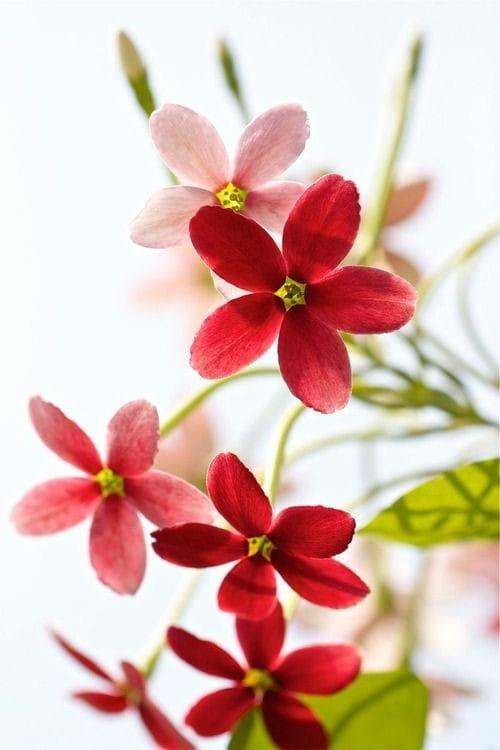
FAQs About Growing Madhumalthi
1. How big does Madhumalti grow ?
Madhumalti grows to a height of 6 to 9 meters under optimal conditions. However, it can be trimmed to maintain a more compact size if desired.
2. What colour are Madhumalti flowers?
Madhumalti flowers are usually white at first, gradually turning pink and then deep red as they mature, and this colour change is characteristic of the plant. enhances its decorative appeal.
3. How are you taking care of Madhumalti ?
Madhumalti grows in warm, tropical climates with plenty of sunlight and well-drained soil. It requires regular watering, especially during dry periods, but once established it can tolerate some dryness. Pruning after flowering will maintain the shape of the tree and encourage active growth.
4. Does Madhumalti smell's good ?
Yes, Madhumalti flowers emit a sweet honey-like fragrance, especially in the evening. This aroma attracts pollinators such as bees, butterflies, and hummingbirds to your garden.
5. Can Madhumalti be grown in containers ?
Yes, Madhumalti can be grown in containers or pots as long as it has enough support to climb. For best results, use well-drained potting soil and place the container in a sunny location.
